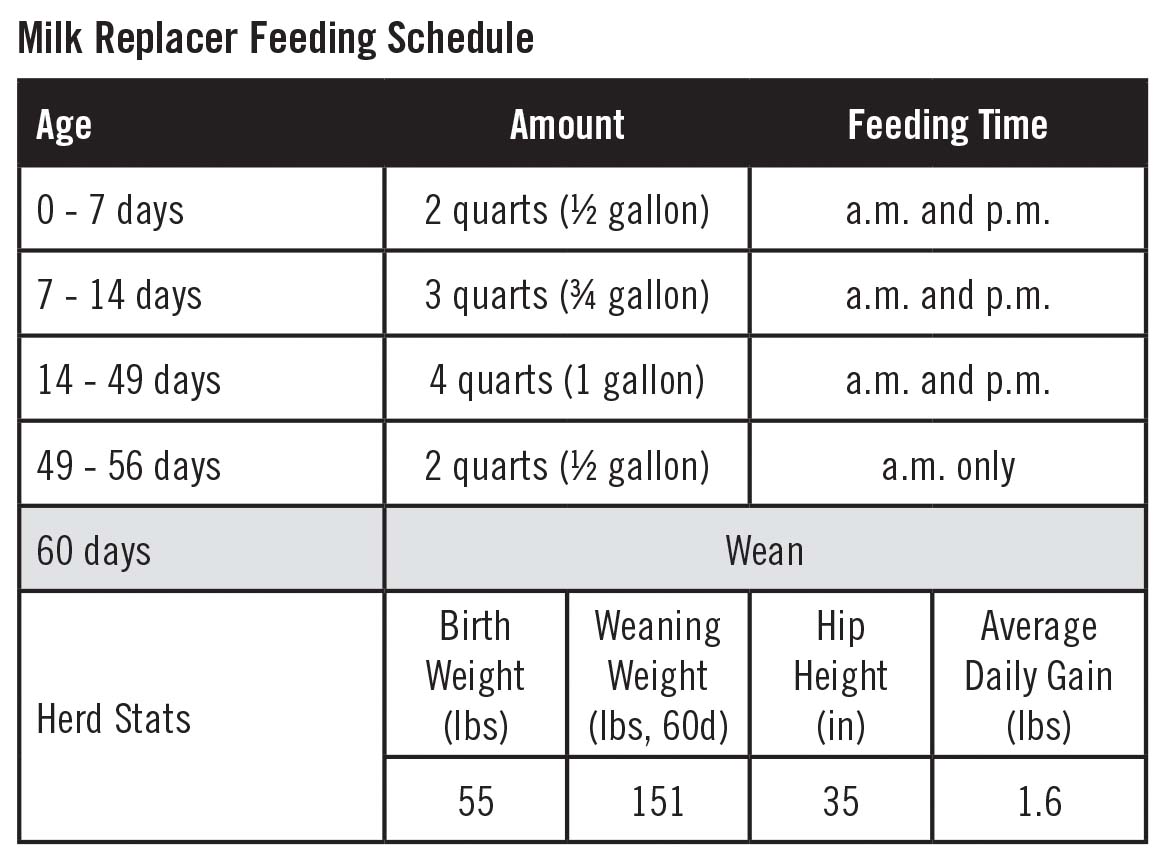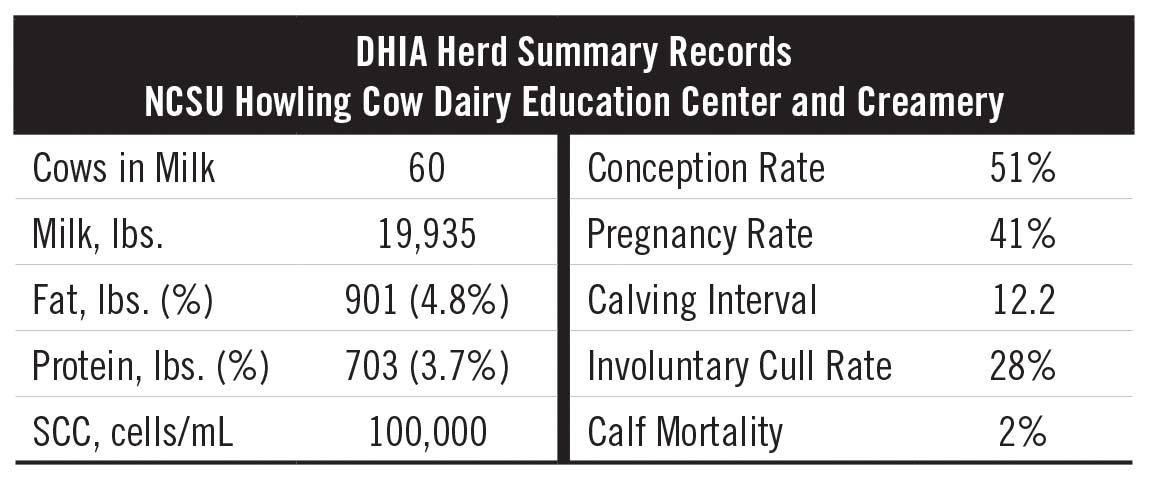
By: Dr. Stephanie Ward, Dairy Extension Specialist and Assistant Professor, North Carolina State University and Devan Pendry, Herd Manager, North Carolina State University Dairy Farm and Howling Cow Dairy Education Center and Creamery
Perhaps the toughest part of milking Jersey cows is raising them from calfhood. Feeding and raising dairy calves is a delicate balance between science and art. Based on experience with our herd and other successful herds in the southeast, here are some areas of importance for raising Jersey calves.
Nutrition and feed considerations

Jersey calves can be born as light as 45-50 pounds and will need some extra attention to meet weaning benchmarks and become productive members of the herd. With the ideal goal of doubling their bodyweight within 60 days, Jersey calves will need more fat in their milk replacer, especially in the winter months. Work done at North Carolina State University (NCSU), Virginia Tech and Cornell has demonstrated the need for additional fat in the Jersey calf diet.
OUR HERD: We rotate between a 27% Crude Protein/10% Fat (warm seasons) and 26% CP/20% Fat (cool season), mixed at 15% solids.
One industry anecdote claims that because Jersey calves are so small, they need less colostrum or milk early on to avoid scours and succeed at weaning. In some cases, with remarkably small calves, that might be the case. In reality, the needs of Jersey calves are similar to other breeds. Smaller, more frequent feedings will meet their requirements without overloading their gut. Multiple feedings per day always bring more labor concerns, but with the success of automated feeding systems, Jersey calf intake is easily managed to keep them healthy and focused on growth.
OUR HERD: We split feeding of colostrum with a minimum goal of two quarts (half gallon) within four hours of birth and an additional two quarts (half gallon) at the next feeding. Many of our calves will take the whole gallon at one feeding, without issue.

General management of Jersey calves
As with all calves, newborn Jerseys will thrive in a clean, dry environment. However, they are sensitive to ambient conditions. Jersey calves have a greater surface area to body weight ratio and will lose heat faster than other breeds, especially in hypothermic conditions. Consider allowing newborns to stay inside until they are dry, stable and have received colostrum. Warming boxes are also a good option for maintaining body temperature at birth.
OUR HERD: In the winter, we apply calf jackets when the high for the day/low for the night is going to be 50°F or less. We do this for the first 30 days of life for all Jersey calves or longer if necessary. In the summer, we use reflective covers on our hutches and elevate the back end of the hutch to reduce heat load and encourage air flow.
Phenotype = Genotype + Environment
As an industry, we focus a great deal on the E and sometimes forsake the G. The Jersey breed is well supported by a strong library of genetic information and using genomic testing results is a good investment for your herd. This information allows producers to manage the calf’s environment to maximize her full genetic potential. It takes both nature and nurture. Jersey Performance Index™ (JPI™) and Dairy Wellness Profit Index® (DWP$®) both include production, functional type, fertility and health.
OUR HERD: We rank on JPI and Cheese Merit (CM$), primarily for Jerseys. We do not sleep on reproductive traits. To reach her full potential, she must be able to breed easily and produce a healthy calf.
The Jersey cow often presents challenges that her large framed herd mates do not, but she will reward you with longevity and beautiful calves. A solid Jersey calf program is not difficult to design. Despite rumors of difficult newborns, Jersey calves require very little outside of the standard care of other calf breeds. If done well, you will have a successful contributor to your herd.

Feel free to contact the authors with any questions, thoughts, or comments: ncdairyext@ncsu.edu; https://dairy.ces.ncsu.edu/; https://howlingcow.ncsu.edu/
Photos by Devan Pendry.